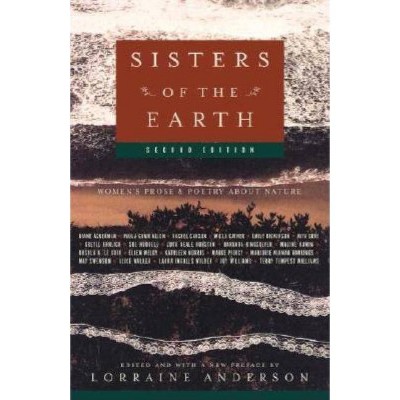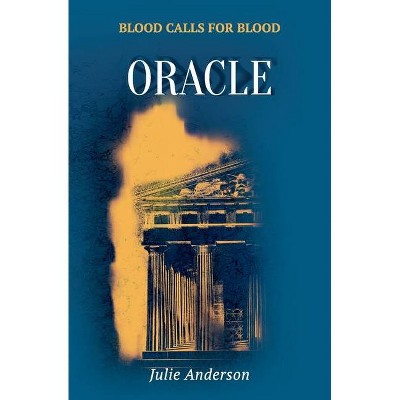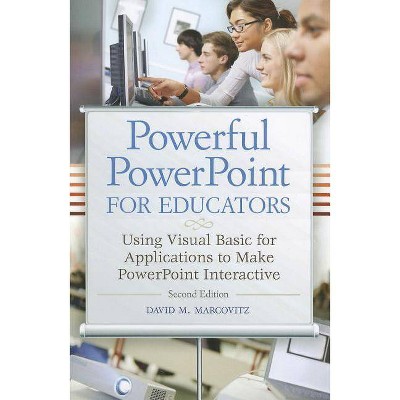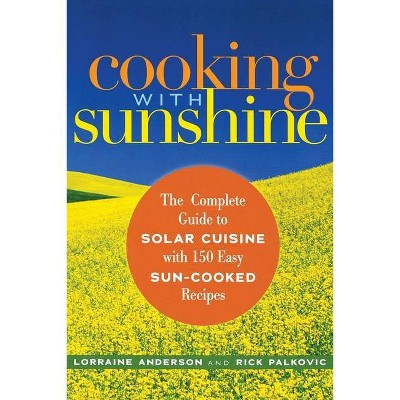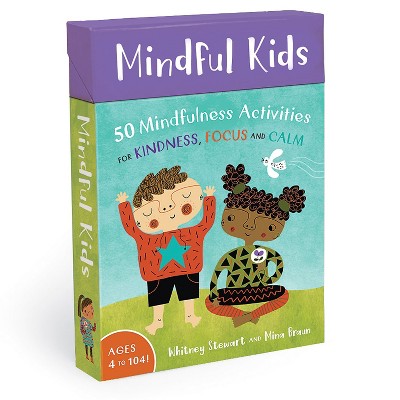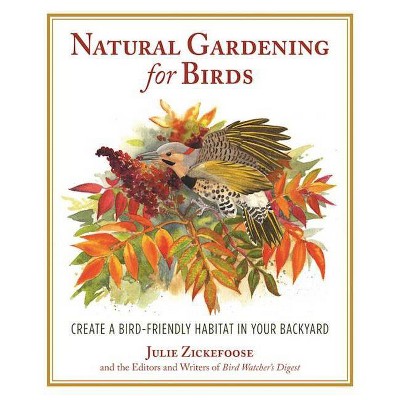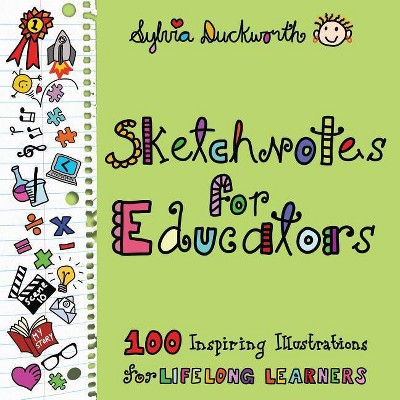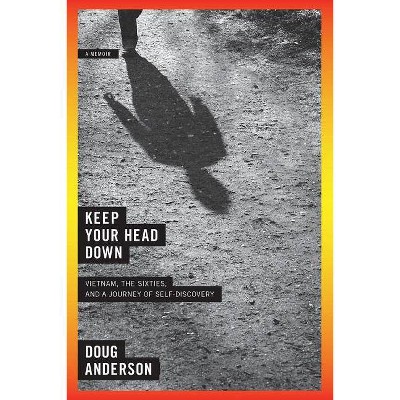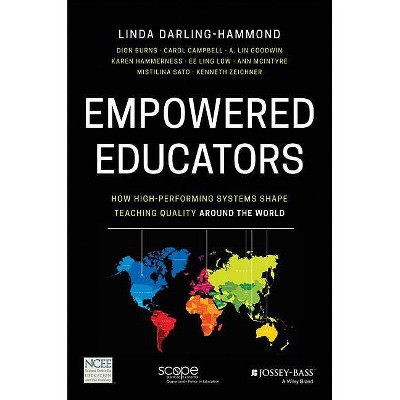Natural Curiosity 2nd Edition: A Resource for Educators - by Doug Anderson & Julie Comay & Lorraine Chiarotto (Paperback)
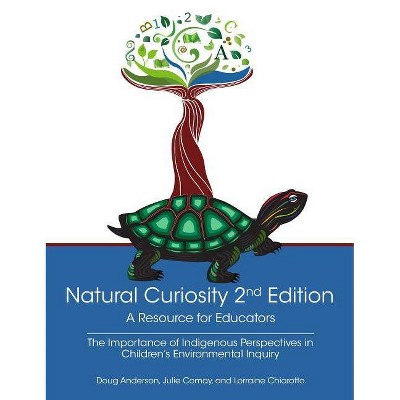
Similar Products
Products of same category from the store
AllProduct info
<p/><br></br><p><b> Book Synopsis </b></p></br></br><p>The second edition of <i>Natural Curiosity</i> supports a stronger basic awareness of Indigenous perspectives and their importance to environmental education. The driving motivation for a second edition was the burning need, in the wake of strong and unequivocal recommendations by the Truth and Reconciliation Commission, to situate Indigenous perspectives into the heart of Canadian educational settings and curricula, most notably in connection with environmental issThe second edition of Natural Curiosity supports a stronger basic awareness of Indigenous perspectives and their importance to environmental education. The driving motivation for a second edition was the burning need, in the wake of strong and unequivocal recommendations by the Truth and Reconciliation Commission, to situate Indigenous perspectives into the heart of Canadian educational settings and curricula, most notably in connection with environmental issues.</p><p>The Indigenous lens in this edition represents a cross-cultural encounter supporting what can become an ongoing dialogue and evolution of practice in environmental inquiry. Some important questions are raised that challenge us to think in very different ways about things as fundamental as the meaning of knowledge.</p><p>New in the Second Edition: Revision of the four branches of environmental inquiry (Lorraine Chiarotto), by Julie Comay; Indigenous lenses on each of the branches by Doug Anderson; 16 new educator stories; ues.</p><p/><br></br><p><b> About the Author </b></p></br></br><p><b>Doug Anderson</b> (M?tis) has worked on diverse Indigenous education initiatives for over 25 years. He is committed to supporting land based learning for urban people of all ages and backgrounds.</p><p><b> Lorraine Chiarotto</b> is an Ontario Certified Teacher, lover of the natural world, and author of the first edition of <i>Natural Curiosity</i> (2011). Her favourite pastime is spending entire days outdoors with her two little boys?enjoying nature.</p><p><b>Julie Comay</b> has been a teacher and researcher at the Dr. Eric Jackman Institute of Child Study Laboratory School and in Toronto public schools for over 20 years. She is honoured to participate in writing this new edition of <i>Natural Curiosity</i>.</p>
Price History
Cheapest price in the interval: 50 on June 9, 2021
Most expensive price in the interval: 50 on March 11, 2022
Price Archive shows prices from various stores, lets you see history and find the cheapest. There is no actual sale on the website. For all support, inquiry and suggestion messagescommunication@pricearchive.us
